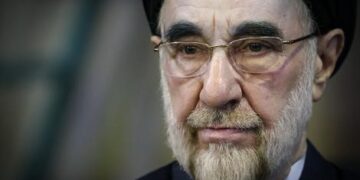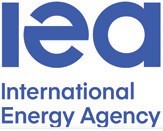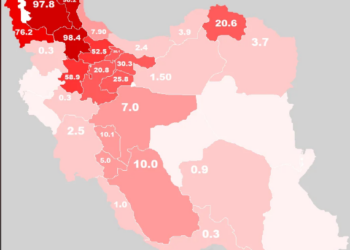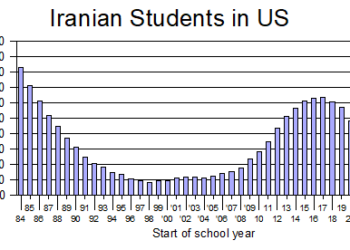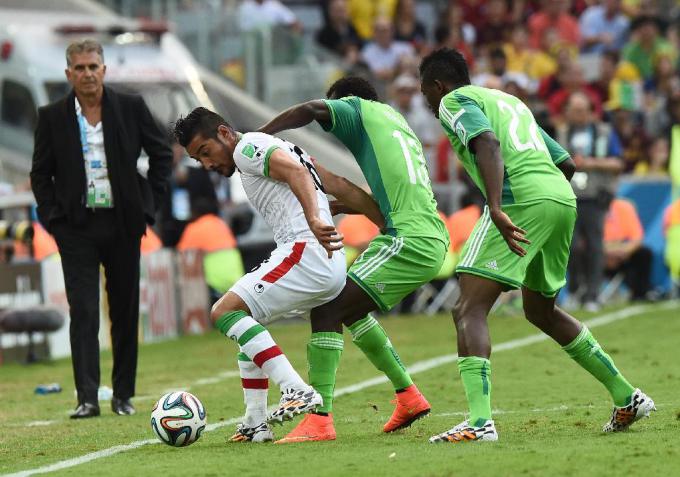June 20-2014
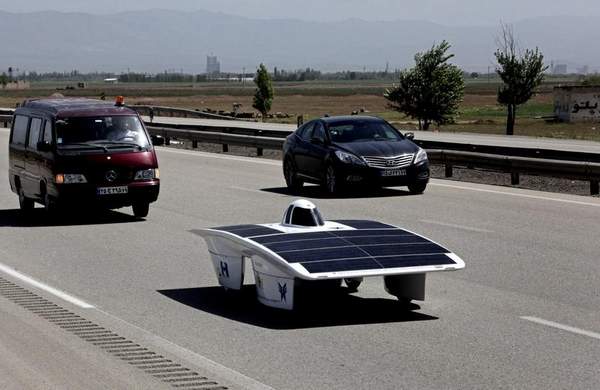
A squad of Iranian students from Qazvin may not be able to make it to the US next month to enter their solar car in an American race.
No, it’s not the usual problem of visas. They already have those. And it’s not some American bureaucracy. The Treasury Department has already said they are free to bring their car into the United States.
No, the problem is airlines. The students are having trouble finding an airline willing ship an Iranian car to the United States. It’s the old story of the fear of sanctions—even after the US Treasury says the shipment is allowed.
The Havin-2 is no ordinary vehicle. Solar powered, its 4.5-meter (15 foot) carbon fiber chassis resembles a giant door. The four wheels that lurk beneath its sprawling white body are the only clue to the viewer that it is a car at all.
The car is entered in the American Solar Challenge, a 1,700-mile (2,735-kilometer) road trip in July across seven US states from Austin, Texas, to Minneapolis, Minnesota.
But the students are more worried about getting to the starting line than the road trip after that. “We are really worried about it,” Mohammad Saadat-mand, the mechanical leader of the team from Qazvin Azad Islamic University, told Agence France Presse (AFP).
“To think that we might not make it is almost too terrible to contemplate.”
Transporting the Havin-2 by air cargo has become a logistical nightmare.
The Iranian team is confident it can hold its own against the mostly American competition, which includes the illustrious Massachusetts Institute of Technology (MIT).
Alireza Malmali, the team’s electronics specialist, has now switched his attention electronics to trying to find an air carrier.
He said the cargo arms of Qatar Airways, Turkish Airlines and Lufthansa all refused to carry the Havin-2, citing fears of breaching sanctions.
Several other companies set impractical conditions for carrying the car.
A letter from the US Treasury Department says the car does not require special authorization if is being used “in a public conference, performance, exhibition or similar event.”
Last-ditch negotiations with a Tehran-based carrier are now under way.
Even then, a delivery date no later than July 1, which the carrier is reluctant to guarantee, leaves less than two weeks for the Havin-2 to clear customs in time for the start of the race.
The costs of sending the team and the car to America mean only 12 of the 18 students involved, all of whom have obtained visas, will travel.
To ensure a level playing field in the United States, all teams will rely on 516 photovoltaic panels, or solar cells, made in America and patched together in Germany.
But each entrant has developed its own Maximum Power Point Tracking (MPPT) system, which connects inverters, battery chargers and other devices to optimize the car’s performance.
The skill and key to winning is understanding the course and detecting the angles of the sun’s rays during a day’s racing, starting at 9 a.m. and ending at 6 p.m., with each team using four drivers.
The Havin-2 reached a top speed of 110 kilometers per hour (70 mph) during testing, but the team believes it is capable of 160 kilometers per hour in competition.
Beyond the solar chal-lenge’s aim of promoting clean energy, a sense of national pride is also palpable in Saadat-mand and Malmali, who both took part in the same event in Australia three years ago. “We want to show we are good, maybe even better than the rest of the world,” Malmali said.






